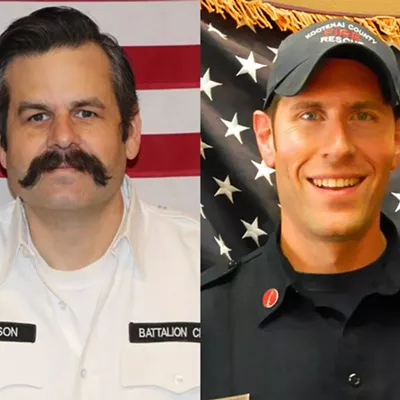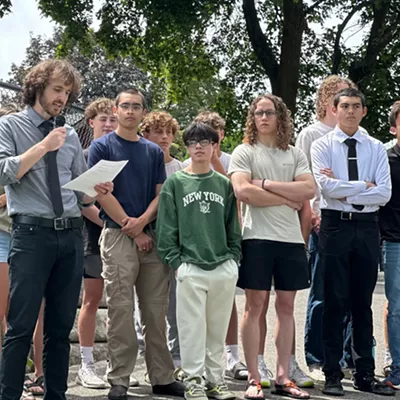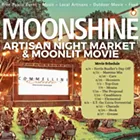As so often happens with great stories, this one came to Andrew Schneider completely by chance. Schneider - who has two Pulitzer Prizes on his desk - was in Montana in the summer of '99, doing a story for The Seattle Post-Intelligencer on the impact of the 1872 General Mining Act. Acting on a tip from his Seattle P-I colleague Robert McClure, Schneider ended up driving to Libby to get an idea about what this W.R. Grace vermiculite-mine-causing-health-problems rumor was all about.
And the rest is history. Really.
That initial contact set off a 16-month investigation which produced more than 100 stories that ran in the Seattle P-I - stories that became the foundation for Schneider and David McCumber's new book, An Air That Kills.
"We approached the Libby story as a great newspaper story, which it is," says McCumber, Schneider's editor at the time and now managing editor of the P-I. "But it just kept growing -- it kept getting new limbs I guess you can say -- and as we investigated more, the story just became better and better."
At the core of the "Libby story" is a vermiculite mine that was operated by W.R. Grace until 1990. Not only did miners inhale asbestos fibers from the vermiculite they were mining, they also brought the asbestos-contaminated vermiculite dust home to their families, leading spouses and children to contract the deadly lung disease asbestosis. Even people with no connection to the mine started showing up at doctors' offices either with asbestosis or mesothelioma, an incurable cancer linked to the tremolite asbestos fibers found in the vermiculite. How did these people get exposed to asbestos from the mine? They played in the stacks of mine tailings as kids or they ran on the track that made out of the same tailings. Or they were simply still breathing the air in Libby, an air that was contaminated with asbestos from the old mine.
Several books have already been published about Libby and W.R. Grace, but An Air That Kills is different. It takes the asbestos threat to a whole new level.
"What we found was that the 'Libby story' isn't just the 'Libby story,'" explains McCumber. "The ore was sent across the country and across the world -- and everywhere it went, people died. There were more than 300 processing plants across the country where people died, including one in Spokane."
Schneider and McCumber soon realized that asbestos from Libby had made its way into insulation in more than 35 million homes nationwide.
"No one had adequately addressed that," says McCumber. "And we were horrified when we found that there was no ban on asbestos in this country. There still isn't. It seemed like the people who were regulating asbestos didn't even know that there was no ban on it."
The reporting team found asbestos in crayons - though not from Libby but from chalk mines in New York. Manufacturers have now changed the formula they use. Yet there is still asbestos in most brake pads installed by auto mechanics. Overall, McCumber says the Libby story has turned into one of the most memorable stories of his career.
"It amazes me that something of this magnitude could go unreported for so long. As journalists, we are skeptics -- when someone calls and says there's a scandal, we're trained to not get carried away," says McCumber. "But this also speaks to the conspiracy of silence in corporate America. It's scandalous how they treat their workers and the public. You have to be able to believe the worst to believe that something like this can happen in America."
David McCumber will be signing An Air That Kills at Auntie's Bookstore on Jan. 29 at noon.
Publication date: 1/22/04














